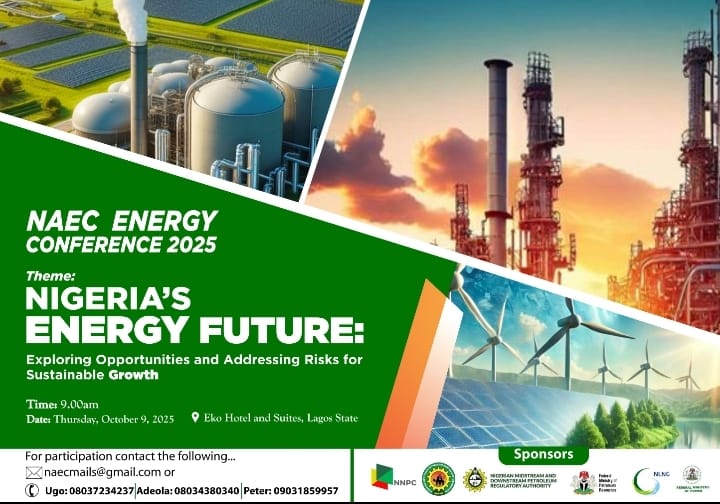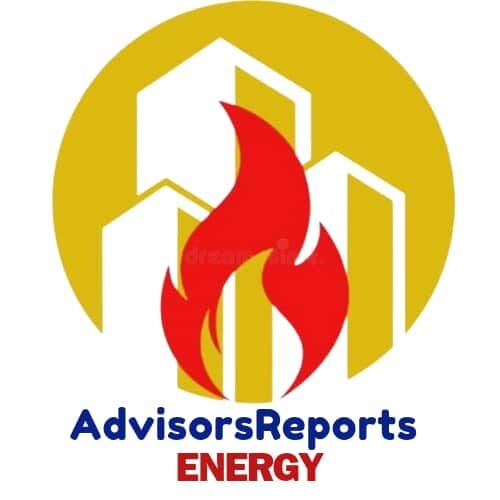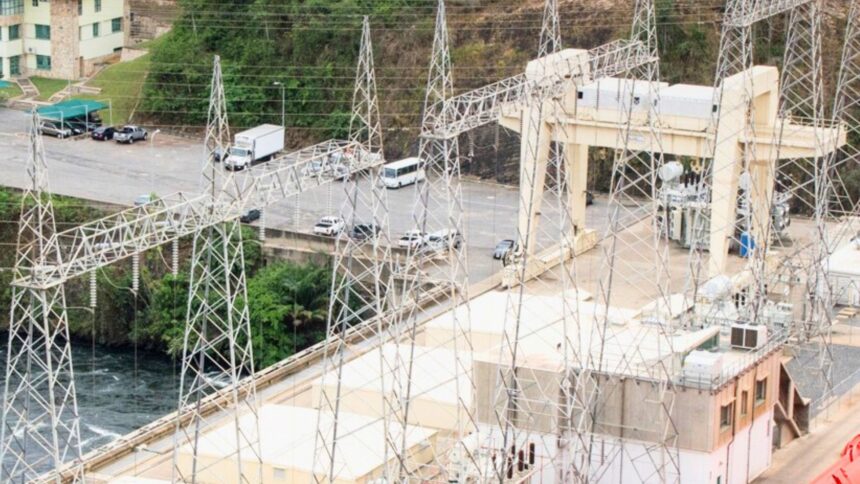… target full 15-country grid synchronization by June 2026
Oredola Adeola
The West Africa Power Pool (WAPP), working with the Nigerian Independent System Operator (NISO), has successfully conducted the first synchronisation test connecting Nigeria-Niger’s transmission network with the broader West African grid spanning Zones 2 and 3.
WAPP and NISO have therefore envisioned achieving permanent synchronization of all 15 concerned countries by the end of June 2026.

The milestone was officially confirmed in a statement obtained by Advisors Reports, jointly endorsed by Adesegun Akin-Olugbade, Chairman of NISO’s Board, and NISO CEO Abdu Bello over the weekend.
According to NISO, the Nigerian power grid extends to Niger Republic and parts of Benin and Togo.
WAPP’s Information & Coordination Centre (ICC) also issued a parallel statement acknowledging the achievement.
The milestone, according to WAPP, marks a key milestone toward the establishment of the West African Regional Electricity Market, aimed at harmonizing national power grids, facilitating real-time energy exchanges, and promoting a competitive, integrated electricity market for the benefit of all member countries.
Advisors Reports gathered that the first synchronisation test enabled uninterrupted power flow, for four (04) hours, from Nigeria/Niger to Mauritania traversing several countries, including Benin, Togo, Ghana, Burkina Faso, Côte d’Ivoire, Liberia, Sierra Leone, Guinea, Guinea Bissau, The Gambia, Senegal, and Mali.
The WAPP Information and Coordination Center (ICC) in Calavi, Benin Republic, confirmed that all 15 countries’ high-voltage transmission networks operated seamlessly, with key power parameters perfectly aligned.
This critical achievement according to NISO and WAPP, marks a pivotal step toward permanent synchronization of all West African power systems, and expansion of the regional power market to enable countries to leverage the benefits of increased regional integration — the second pillar of the M300 initiative.
They said, “With Nigeria’s integration, the region gains access to significant additional power generation capacity for trade.
WAPP has therefore revealed the plan to complement existing long-term power purchase agreements by launching soon a day-ahead market—a short-term trading platform designed to operate as a plug-and-play instrument, enabling involvement of independent private power producers and boosting further regional electricity exchange.
WAPP confirmed that major development banks have been instrumental in reaching this milestone through the provision of financing.
It said, “Over 4,000 kilometers of high-voltage transmission lines have been constructed, interconnecting 14 west African countries.
“About 8 percent of generated power (near the European market 10 to 12 percent trade) is now traded through 25 bilateral power purchase agreements.
“Key regional market instruments have been developed and validated, including the regional grid code, the transmission pricing methodology, and the day-ahead market participant fees,” WAPP disclosed.
It further noted that the ongoing AFW regional energy portfolio and pipeline will continue to drive progress toward a vibrant, integrated power market that fuels socioeconomic development.
WAPP claimed, “The ongoing WA-REMP MPA (West Africa – Regional Electricity Market Program) and RESPITE project (regional integration technical assistance under the Regional Emergency Solar Power Intervention) are supporting WAPP in achieving full synchronization and implementing essential market pricing, regulations, and trading platforms.
The WAPP Information and Coordination Center (ICC) has therefore noted that future investments will enhance regional connectivity, incentivize private sector participation in transmission, and accelerate the development of gas and renewable energy generation.
Advisors Reports further gathered that the development will ensure that AFW countries can access affordable electricity regardless of the generation location.




